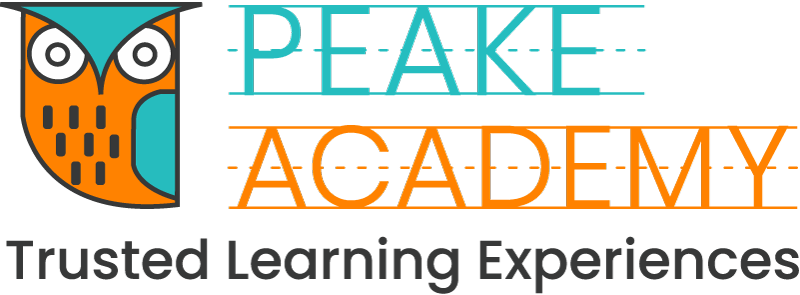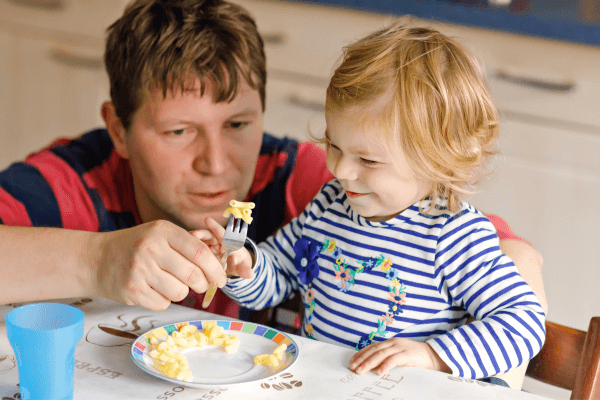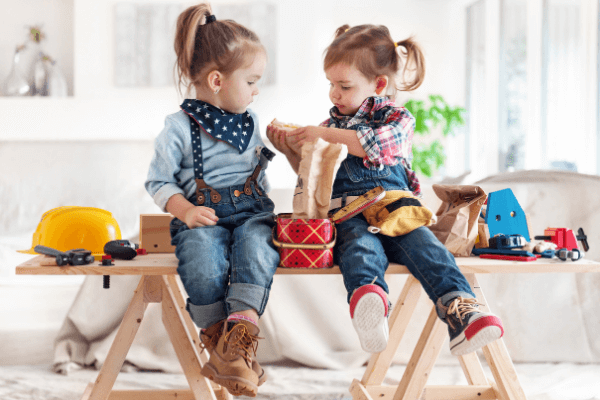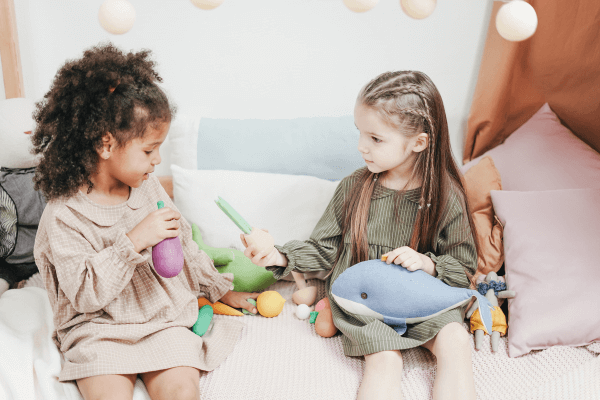Positive Discipline and Child Guidance Tips
Guidance is what parents do before they have a problem. This is part of being a proactive parent. Guidance techniques will help prevent a problem with a child before the child loses self-control or makes a bad decision. While self-control will emerge during early childhood years, children depend on parents and preschool teachers to help them maintain control.
Positive discipline goes hand and hand with guidance as a parenting technique. Positive discipline is both preventative and instructive. This is part of setting limits as a parent and preschool teacher. Discipline is what will help children learn appropriate behavior during different situations. This is typically self-orientated and solves a problem, rather than being a form of punishment.
Punishment demeans the child’s sense of self and increases defiance and resistance to adult guidance.
It teaches children that they must stay under control only when someone is watching or policing them. It teaches children to respond to external controls rather than learning to control themselves. Children who respond only to external controls are exhausting to handle because they depend on others to control their behavior.
Positive Discipline Strategies that Work
For very young children, distraction, redirection, and ignoring are key skills for parents and preschool teachers. Let’s talk about distraction first.
Distraction
The younger the child is, the fewer times he/she should be expected to comply with parental and preschool teacher requests that are verbal or spoken. For example, young toddlers frequently will pick up food with their hands. Constant verbal reminders to “use your spoon” fail because we are expecting the child to change his/her behavior to suit the situation.
A better strategy is to hand the toddler a spoon. This encourages the toddler to use a spoon and increases the chance that he/she might actually use the spoon also. It modifies the situation to fit the child’s stage.
This guidance technique of distraction involves changing the child’s focus from an activity that is unacceptable to one that is acceptable without confronting the inappropriate behavior. Distraction works very well with children under the age of three.
Ignoring
Ignoring inappropriate behavior is a positive discipline strategy that parents and preschool teachers forget to use. The child’s day is long, and some children have behaviors that are irritating but not dangerous or really problematic.
For example, toddlers often dump the contents of manipulative toy containers on the floor where they are going to play. As long as the materials are not broken or lost, an observant parent might let the situation pass and simply encourage the child to return the toys to the container when he/she is finished playing. You can help encourage your toddler to clean up with some few great tips we’ve rounded up for you on our Play Boutique blog
To determine if ignoring is an appropriate strategy, ask yourself, “Is this a behavior I can live with in my house?” If the answer is yes, try ignoring the behavior. Of course, behavior that hurts other children or destroys the environment or materials cannot be ignored.
Teaching Social Problem-Solving Skills
In infancy, children need constant parental supervision and support. As toddlers, they become social and begin to make friends. During this stage, they often attend preschool or go to childcare facilities.
Toddlers need to learn social problem-solving skills to be successful in these situations. They need guidance and support to succeed with their peers. They can begin to learn discrete skills to help make life with friends and siblings less explosive.
Calling for Help
Teach your child to call for help. Infants usually call for help by crying. Toddlers usually call for help by screaming. We usually hear about problems before we see them. When parents respond quickly, children learn that the world is a responsive place they can depend on for help.
Toddlers need to be reminded to call for help if things aren’t working. For example, when siblings want the same toy, one will grab it and begin to scream for help. Parents should respond to the call for help. Then, they can help both children understand that grabbing didn’t work.
Trading, Taking Turns, and Walking Away
For children whose language and social skills are not sophisticated enough to deal with their siblings or friends, trading, taking turns, and walking away are good social problem-solving skills to learn. The concept of sharing is too advanced for most infants and toddlers to understand.
However, they can trade something they have for something they want.
When one child begins shrieking as a sibling or another child grabs a favorite toy, parents and preschool teachers can provide a different toy of equal interest to trade. Teach your child to trade by saying, “Ask him to trade with you.” Or, “Give her the doll in exchange for the book.” Trading something for something else the child is interested in facilitates social development.
We’ve also rounded up great tips to help children understand sharing. Visit our blog post here
After trading is learned, turn-taking can be introduced. Turn-taking requires children to delay gratification as they look on until it is their turn. Parents and preschool teachers need to help children learn this skill by explaining what is happening and providing supervision and encouragement for children to take turns.
Finally, walking away is an important guidance technique that is used to help children begin to use words rather than actions to solve problems. Walking away can take two forms: I can tell you to walk away from me, or I can walk away from you if you are bothering me. Both techniques empower children to solve their own problems and to use words as problem-solving tools.
Using Words
Parents of infants and toddlers have a key role in helping children begin to learn that talking is a way to solve problems. For infants, this means providing the words they cannot yet say as they interact with each other. For example, when one infant begins to cry because a sibling or friend takes a toy away, a parent might say, “She is still playing with that.” Or, “Look at her face; she really doesn’t want to give it up yet.”
Sometimes toddlers just can’t retrieve the words fast enough. Remind the toddler that he/she has the ability to solve some problems by using words. For example, as two toddlers begin to fight over a toy, the parents might say, “Tell Maria you’re not finished yet.”
This won’t work every time. This skill emerges as children gain self-control and develop the skill of using words to express needs. Your support will help solve problems by helping words develop.
Natural and Logical Consequences
Natural and logical consequences are the best tool for parents to help their children gain self-control. A natural or logical consequence is a consequence that emerges from the situation.
This important parenting skill is not one of the easiest ones to learn. It takes time, practice, and careful response. The following examples illustrate the concept of logical consequences:
A child who repeatedly writes on the table with crayons has the crayons put away for the rest of the day and is given a sponge to help clean the table. The logical consequence of writing on the table is losing the crayons and having to help clean up.
A toddler who unbuckles the seat belt and climbs out of the car seat discovers that Mom finds a place to pull over safely to wait until the child is firmly buckled in the seat. The logical consequence of unbuckling and moving around in the car is a very dull period of time sitting on the side of the road with no one talking to you until the seat belt is buckled again.
Notice that there is no struggle for power in these situations that use positive discipline and guidance techniques. The consequences emerge from the situation and the response is firm but calm. As a result, children learn to control their own behavior slowly over time as they come to understand the reasons they should do so.
If you’re interested in learning more about positive discipline and other guidance techniques you can read more blogs at Peake Academy and Play Boutique websites.
Each stage of child development brings it’s own set of abilities and perspectives. Providing Positive Guidance and Discipline may require different approach at each stages. We care for you and your success as you start with your parenting journey. Here’s a Cheat Sheet to give you a jump start!
Get the Printable Version when you sign up to our Weekly Newsletter. And be the first to know when we have new contents, freebies and promos!
We promise, we wont overflow your Inbox.











